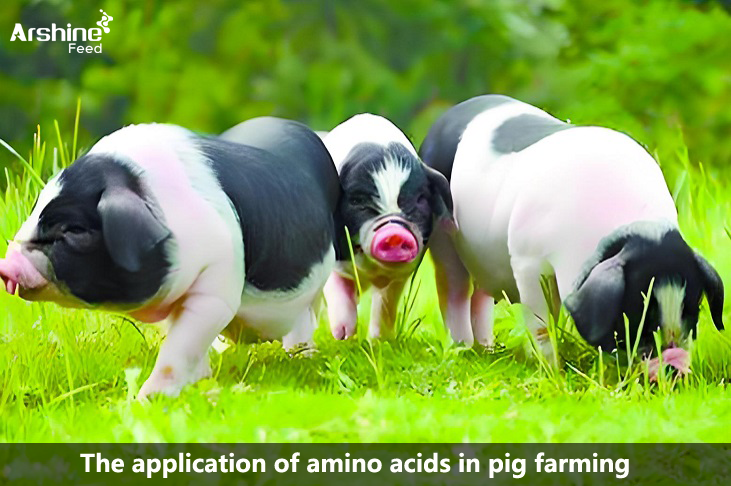

This article provides an overview of the amino acid requirements in pig nutrition, how amino acids are derived, and their usage in diet formulation. Understanding the basic concepts of amino acids, their metabolic processes, and the different ways amino acids constitute feed ingredients is crucial for proper feed formulation. Additionally, correctly expressing these differences is essential for accurately presenting values and requirements in scientific literature.
Before discussing amino acid nutrition in pigs, it is necessary to understand the digestion of different amino acids to correctly interpret the amino acid content in literature. This article offers a general overview of various methods without delving into deeper discussions, allowing us to approach a complex topic in a simplified manner.
Animals can only absorb and utilize proteins after they have been hydrolyzed into amino acids in the small intestine and cecum. Therefore, the digestibility of amino acids excreted from the cecum has long been overlooked in expressing dietary amino acid values. Cecal protein digestibility represents the main principle for evaluating the quality of protein feed. However, there are numerous pathways to calculate the cecal digestibility of various feed ingredients, relying on the following concepts as references: apparent cecal digestibility, standardized apparent cecal digestibility, and true cecal digestibility.
Apparent cecal digestibility is calculated by the difference between amino acids ingested and those excreted from the cecum. Specifically:
The amino acids excreted from the end of the cecum represent both indigestible amino acids in the feed and endogenous amino acids. Endogenous amino acids are produced by digestive enzymes, epithelial cells shed from the small intestine, and protein mucus. Some endogenous proteins are reabsorbed, while others are lost.
The endogenous amino acids found at the end of the cecum can be further divided into two parts. First, the digestive movement of feed through the intestines triggers endogenous amino acid loss, serving as a reference for baseline endogenous loss. Second, the feed may contain factors that trigger additional enzyme secretion and potentially disrupt the mucous lining of intestinal epithelial cells. For example, certain feed ingredients with anti-nutritional factors may increase the secretion of endogenous amino acids. The excess secretion of endogenous protein depends on the feed ingredients and is considered specific endogenous loss.
True cecal digestibility can be calculated by adjusting the amino acids at the end of the cecum for total endogenous loss. In this discussion, these values are used to represent the total amount of digestible amino acids in the feed.
According to the above discussion, true amino acid digestibility can be easily calculated from apparent amino acid digestibility using the following formula:
As previously mentioned, endogenous losses at the end of the cecum consist of baseline losses triggered by feed passing through the intestines and specific losses from feed ingredients. For casein, often used to determine amino acid requirements, specific endogenous loss can be considered negligible. Therefore, to calculate the true digestible amino acids, only baseline endogenous loss is necessary. Most other feed ingredients contain some specific endogenous loss components. When adjusting these feed ingredients only for baseline endogenous loss, standardized cecal amino acid digestibility is obtained.
Standardized amino acid digestibility plays a significant role in comparing different amino acid levels and feed ingredients. For instance, when using feed ingredients with low amino acid levels, endogenous losses will favor amino acids being converted in the cecum more than feed ingredients with higher amino acid levels, thereby reducing apparent digestibility. Standardized baseline endogenous loss eliminates these differences.
Using standardized cecal endogenous amino acid digestibility also allows for a correction factor for certain feed materials. For example, a batch of soybean meal might contain high levels of anti-nutritional factors, leading to increased specific endogenous losses. These losses are calculated by making a correction in the standardized cecal amino acid digestibility.
Add: Block 14, No.100, Luyun Road,Changsha 410205,China.
Mobile: +86 18874001228
Email: info@arshinefeed.com
WhatsApp: 8618874001228
WeChat: weiyuyan91